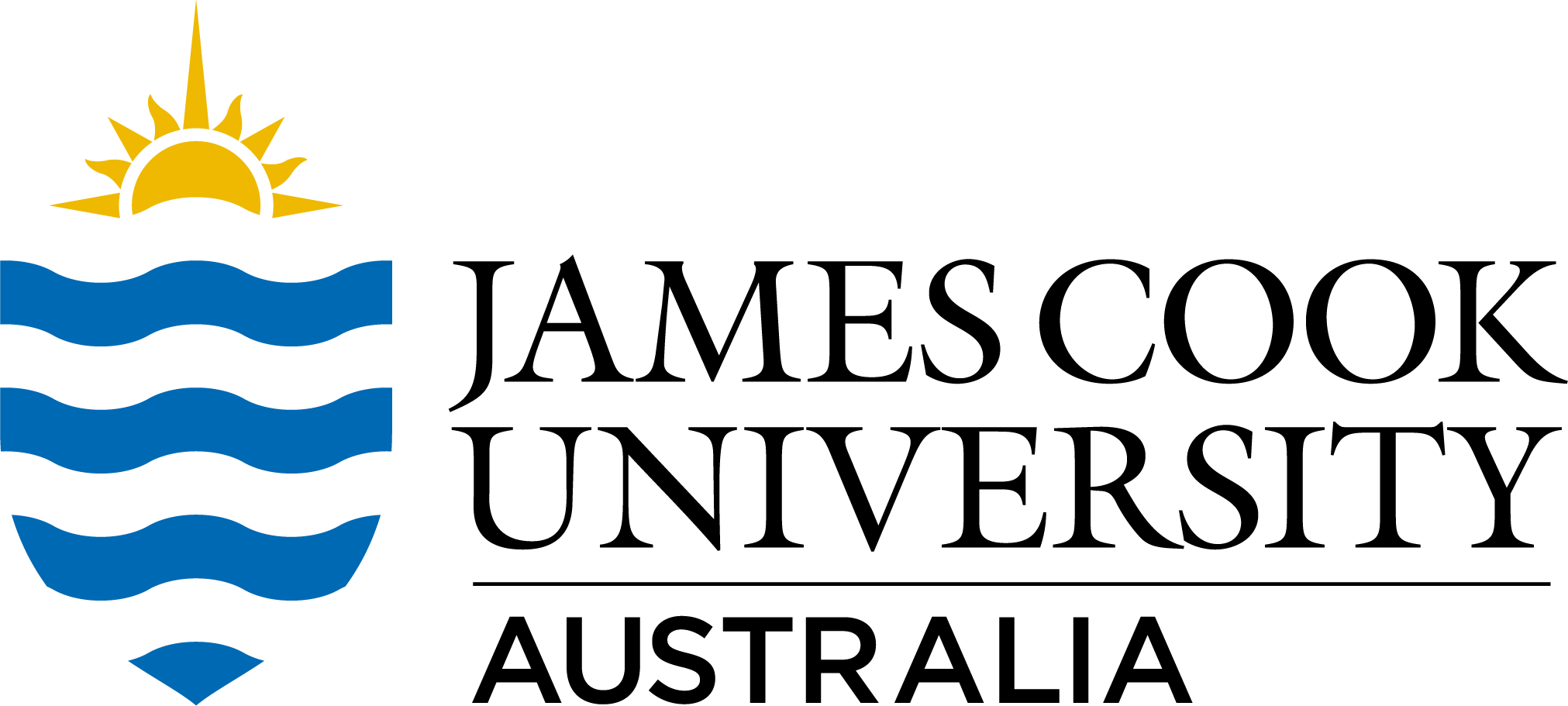Full description
Dryad data package consists of 3 files:
(1) all_interactions_counts.csv: contains counts of all passive/aggressive interactions for all species pairs (including conspecific pairs). Each cell entry is a count of the number of passive/aggressive interactions.
(2) aggression_analysis.csv: contains the data used for the analysis of aggression as presented in the manuscript.
Column headings:
- Location: observations were recorded at 2 sites - North Reef and Palfrey
- Focal.spp: focal species of the observational period
- Competitor: competitor species
- Proximity: proximity of two individuals during interaction (categorical: < 30cm, < 1m)
- outcome: 0 = passive; 1 = aggressive
- diet.over: dietary overlap (Horn's similarity index)
- fdsp: focal dietary specialisation
- cdsp: competitor dietary specialisation
- phylo.simA: phylogenetic similarity
- c.iet.over: centred dietary overlap variable used in analysis
- c.fdsp: centred focal species variable used in analysis
- c.cdsp: centred competitor species variable used in analysis
- c.phylo.simA: centred phylogenetic similarity variable used in analysis
(3) dominance_analysis.csv: data for analysis of behavioural dominance
Column headings
- Focal.spp: focal species of observation
- Competitor: competitor species
- outcome: 0 = focal subordinate; 1 = focal dominant
- Focal.dietary.specialisation: focal dietary specialisation variable used in analysis.
Abstract [Related Publication]: Interspecific competition mediates biodiversity maintenance and is an important selective pressure for evolution. Competition is often conceptualized as being exploitative (indirect) or involving direct interference. However, most empirical studies are phenomenological, focusing on quantifying effects of density manipulations, and most competition theory has characterized exploitation competition systems. The effects on resource use of traits associated with direct, interference competition has received far less attention. Here we examine the relationships of dietary ecology and phylogeny to heterospecific aggression in a guild of corallivorous reef fishes. We find that, among chaetodontids (butterflyfishes), heterospecific aggression depends on a synergistic interaction of dietary overlap and specialization: aggression increases with dietary overlap for interactions between specialists but not for interactions involving generalists. Moreover, behavioral dominance is a monotonically increasing function of dietary specialization. The strong, positive relationship of dominance to specialization suggests that heterospecific aggression may contribute to the maintenance of biodiversity where it promotes resource partitioning. Additionally, we find strong phylogenetic signals in dietary overlap and specialization but not behavioral dominance. Our results support the use of phylogeny as a proxy for ecological similarity among butterflyfishes, but we find that direct measures of dietary overlap and specialization predict heterospecific agression much better than phylogeny.
The full methodology is available in the publication shown in the Related Publications link below.
Notes
This dataset is available from Dryad in comma-separated values (.csv) format. Dryad data package: Blowes SA, Pratchett MS, Connolly SR (2013) Data from: Heterospecific aggression and dominance in a guild of coral-feeding fishes: the roles of dietary ecology and phylogeny. Dryad Digital Repository. https://doi.org/10.5061/dryad.c3p08
Created: 2013-03-13
text: Lizard Island, northern Great Barrier Reef, Australia
User Contributed Tags
Login to tag this record with meaningful keywords to make it easier to discover
- Local : researchdata.jcu.edu.au//published/6f1ebf29aac80b6b6a29963dd5eee42f
- Local : ee3fb4ec8e1aec4b808ee2cae33b7351


